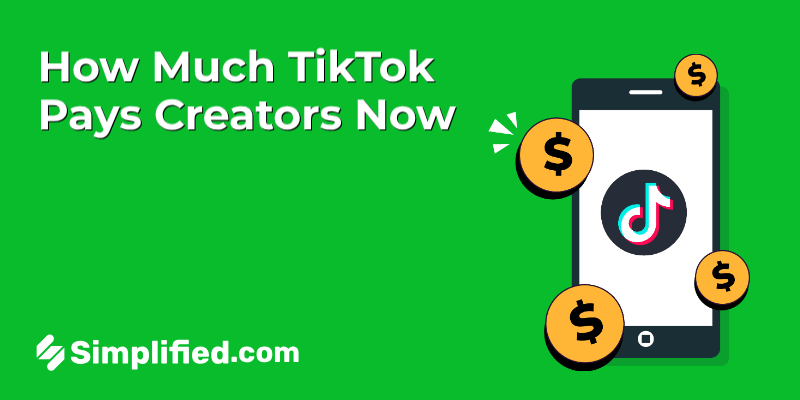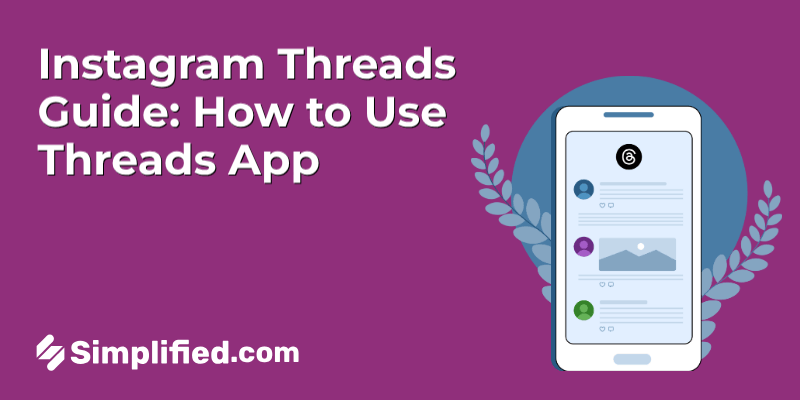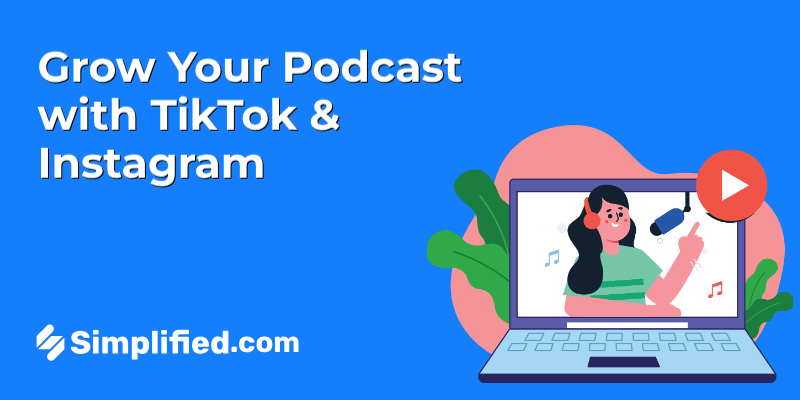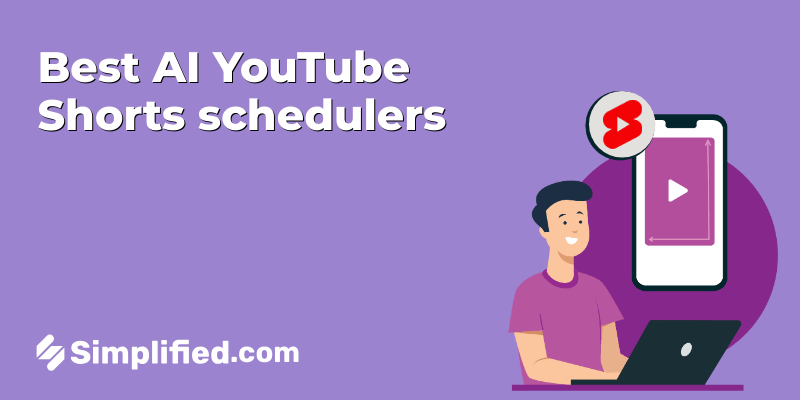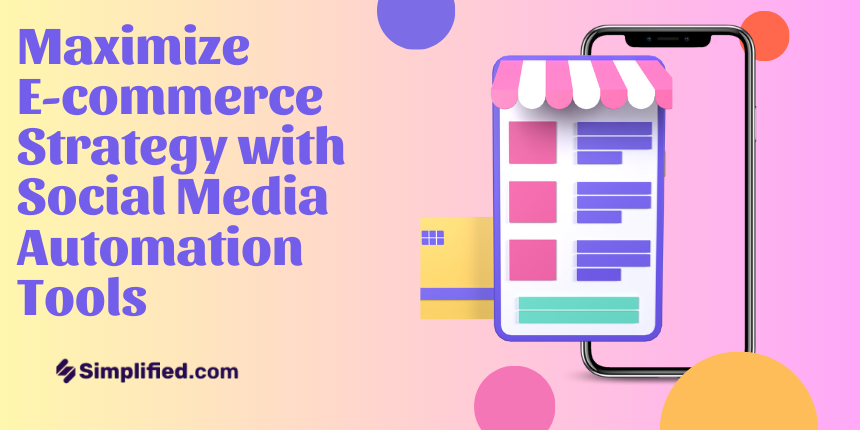
E-Commerce businesses are threatened by the competition and regular customer requirements keep getting piled up. Winning is all about tapping into social media, where a few billion people show up each day. Social media can be a nuisance to handle if you have a middle size or small business, but it must be handled correctly. And this is where social media automation tools enter the story. These different platforms are what e-commerce brands need to use in order to scale up their strategies, make operations more efficient and achieve growth.
What Are Social Media Automation Tools?
Social media automation tools are essentially a software application built to manage social media accounts. It lets businesses schedule posts, monitor engagement, measure performance and talk with customers — all from one centralized location. E-commerce means that with the more professional social media automation platform, you fill up your account with hundreds of value-added posts and updates in minutes.
Advantages of Using Social Media Automation Software
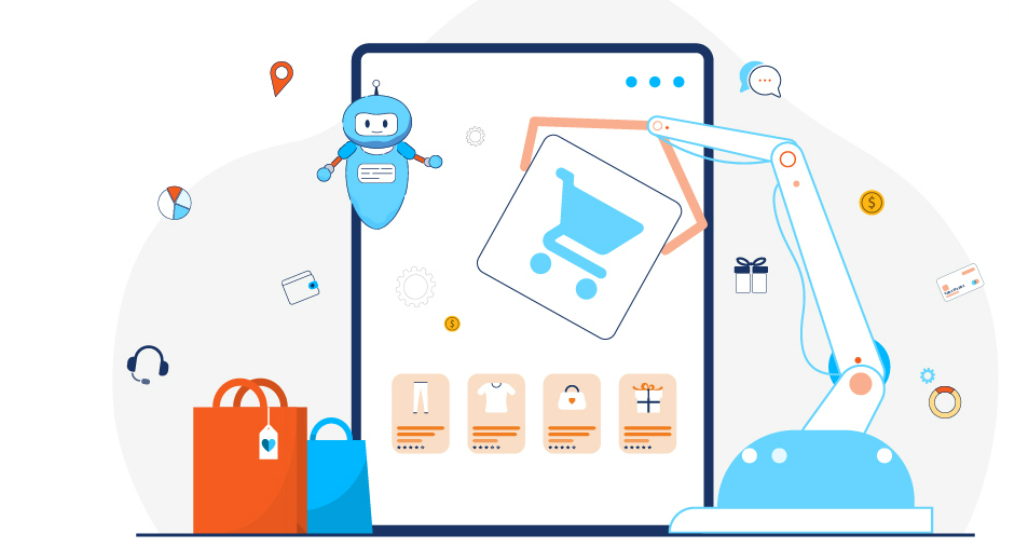
Time Saving: automation social media software saves much time for e-commerce businesses since they can schedule a bunch of posts in advance, thus keeping profiles active all the time. This means constant checks on social media profiles are not necessary; therefore, teams can use the time saved engaging in other activities.
Consistency: Consistency is a critical factor that brings about brand awareness. E-commerce brands are able to maintain their content calendars through automation tools, thus averting failure to post at certain times as per their content calendar.
Data-Driven Insights : There are various automation tools that come with social media analytics. This analytics will show what a customer is doing and how much they are engaging. Based on the analytics, e-commerce brands will know what the audience connects with, so they can use this data and adjust accordingly.
More Interaction from Customers: The automated response helps to keep interacting with the customers at the right time, so their queries are addressed within a short space of time. It provides a good brand image and improves customer experience.
Multi-Platform Management: Managing many accounts across social media can become quite problematic. E-commerce businesses can have a view of managing multiple accounts from one dashboard offered by automation platforms, thus having a uniform online presence across all mediums.
Bonus: Effective Email Personalization Strategies for E-commerce
Steps for E-Commerce Companies to Win At Social Media
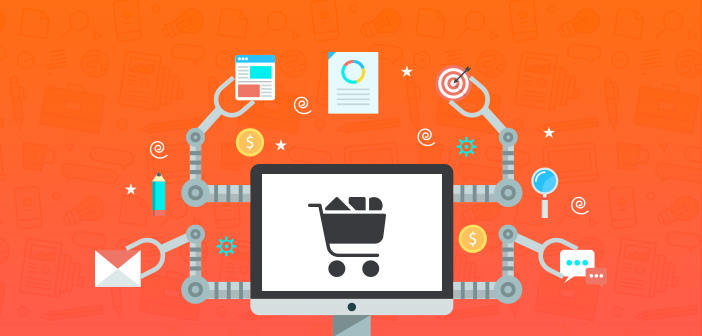
Step 1- Set Specific and Measurable Objectives: It’s always best to begin by determining specific, measurable objectives of your social media. Whether it’s establishing brand visibility, growing traffic to your website, or pushing sales, setting clear goals will guide your strategy.
Step 2- Know Your Audience: Gather all possible research regarding who your customers are. Identify their demographics, interests, and online behaviors. Detailed customer profiles can help determine the appropriate content that caters to their needs.
Step 3- Identify the Right Platforms: Choose those social media where your targeted audience is highly active. If you are in a fashion business, for instance, then perhaps LinkedIn is not as effective as Instagram and Pinterest.
Step 4- Plan Your Content: You need to plan your social media posting schedule or calendar that should guide you on the topics that you will be posting, the kind of content you will post, images, videos, polls, etc. This planning ensures that you share different kinds of content at times.
Step 5- Engage with Followers: Respond to comments and messages promptly. Seek feedback; begin engaging the audience to create a community around your brand.
Step 6- Use Images and Videos: Good images and videos draw eyeballs on social media. Invest in good visuals and display those products that you want to promote effectively.
Step 7- Research Hashtags: Identify popular hashtags that can make a post more visible for other users. Popular keywords mixed with niche hashtags can provide great visibility.
Step 8- Follow the Competitors: Let none of your competitor’s social strategies pass you by. You get an idea of what is working for them and what isn’t.
Step 9- Run Promotions and Contest: Organize promotions or contests with the purpose of engaging users. For example, organize a giveaway in which people can enter by tagging friends, thereby helping to increase your reach.
Step 9- Collaborate with Influencers: With influencers that share similar values with your brand, collaborate with them. These can help you tap into new audiences and also receive authentic endorsements.
Step 10- Analyze performance metrics: utilize analytics tools to measure KPIs, such as engagement rates and conversion rates. These KPIs will be reviewed regularly to understand what is most effective and alter the strategy accordingly.
Step 11- Use paid social media ads: On particular big product launches or promotions, paid social media ads may increase visibility. Testing different ad formats may attract those most responsive to certain formats.
Step 12- Monitor New Trends: Keep yourself updated about the latest trends and changes in social media. The reasons are that awareness of new features and changes in consumer habits may make you contemporary.
Step 13- Use Social Media Automation Tools: Use automation to facilitate posting and also to respond to the posts. These tools save a lot of your time and let you focus on other important aspects of your business.
Bonus: How Social Media Automation Can Save You Over 15 Hours Weekly
When to Implement E-commerce Automation on Social Media

Knowing when to introduce automation into your e-commerce social media strategy is just as important. Below are specific situations where automation can really make a difference:
1. As Your Business Grows: If your audience is expanding, managing social media manually can become quite difficult. Introduce automation tools that can handle repetitive tasks and free up time for strategic planning.
2. At Product Launches: You can create promotional post schedules around product launch dates; you keep the same vibe going and get people all excited about the products.
3. During Busy Seasons: When you’re in the midst of a heavy-traffic season, say holidays, automation tools keep you out there without sitting there all day. Have social content pre-/post-scheduled to fit the marketer’s campaign schedule.
4. To Collect Customer Feedback: Run automated surveys after purchases to collect feedback for the shopping experience. These will have helped you improve areas that need it.
5. To Improve Customer Support: When your brand receives too many inquiries, let the automated responses handle the common questions. It helps ensure the customer receives support timely.
6. Encourage Customer Content: Encourage customers to share their experience with your products on social media. Use the automation feature to repost the same content showing your products, encouraging engagement.
7. To Reward Loyal Customers: Automatically create a record of purchase made by customers and reward them for loyalty. The same thing helps in keeping customers engaged as repeat buyers.
8. Reach New Customers: If increasing audience size is one of the reasons, then automation is an effective option for targeted advertising. Automation tools can manage and optimize these campaigns much better.
9. Share Content: Use automation for different types of content distribution instead of doing it on several networks at the same time. It saves time and provides a proper message or product information.
10. In Crisis Mode: Sometimes, automation helps get you out of a tight spot and lets you respond quickly and without having to think consciously through an appropriate answer. Establish automated messages that assure customers their concerns are being noted while you form a more precise response.
Bonus: 10 Social Media Automation Tools You Can’t Miss in 2025
8 E-Commerce Marketing Automation Strategies That Work (with Examples)
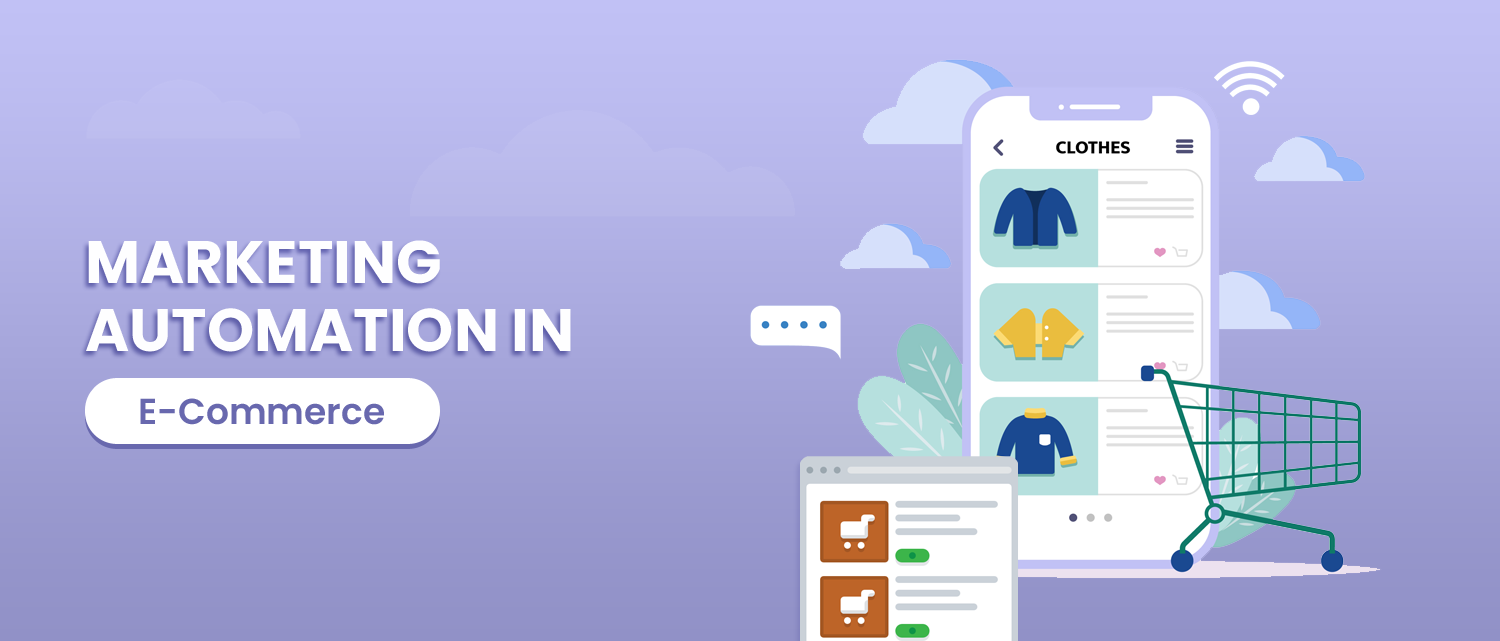
Knowing which strategies work in marketing automation and how they could boost your e-commerce performance is key. Here are eight proven strategies along with real-time examples:
Auto Email: Send targeted campaigns based on the behavior they have on your website. A clothing company may mail recommendations based on what a customer looks at.
Cart Abandonment Reminders: an automated reminder to complete their purchase. An example of this would be if a beauty brand will directly send an email to its users with items left in their cart and offer a discount on that merchandise as a perk.
Dynamic Product Ads: Use retargeting ads that display to users the products they have viewed or something similar. A store selling furniture online can use dynamic ads to remind customers of the items they considered, inviting them to return.
Personalized Promotions: Promotions according to what the customer might prefer. An e-commerce site can offer special discounts to regular buyers on their birthday.
Loyalty Programs: Treat customers with loyalty programs by considering point purchases for use in rewarding them with value off of future purchases. For instance, a coffee shop can help use a mobile application where a customer is rewarded automatically on return visits for the repetition of purchase.
Social Media Advertising: Utilize real-time performance metrics in managing and optimizing social media ads by using automation tools. A travel agency will be able to adjust its budget for its ads based on the popularity of its destinations of interest.
Content Sharing: Distribute your contents automatically across all the network, in order to maintain an overall message. An education-based online website can share and schedule new courses so that they will soon appear on their social networks.
Customer Feedback and Surveys: Apply auto Mechanism of sending follow-up survey solicitations after every sale; hence, gather customer feedback that may be used to improve products and services. A retailer of technology products may automatically send out e-mails to the customers post-sale and ask for their experience.
Conclusion
In the rapidly increasing competitive e-commerce landscape, employing automation tools for social media greatly offers an uplift in your marketing strategies. By integrating these tools into your ecommerce processes, you will save time, improve engagement, and know exactly what they want to access and view about their community. Whether you need a strong social media automation platform or just ecommerce automation tools, the right tools can help you maximize your efforts on social media to create growth.
Let alone see what will suit the needs and goals of your business with all the options that are now there, with automation in social media, your e-commerce brand can connect with customers, streamline operations, and be extremely successful in the digital marketplace long-term. Tap into social media automation power; watch your e-commerce strategy take off.




